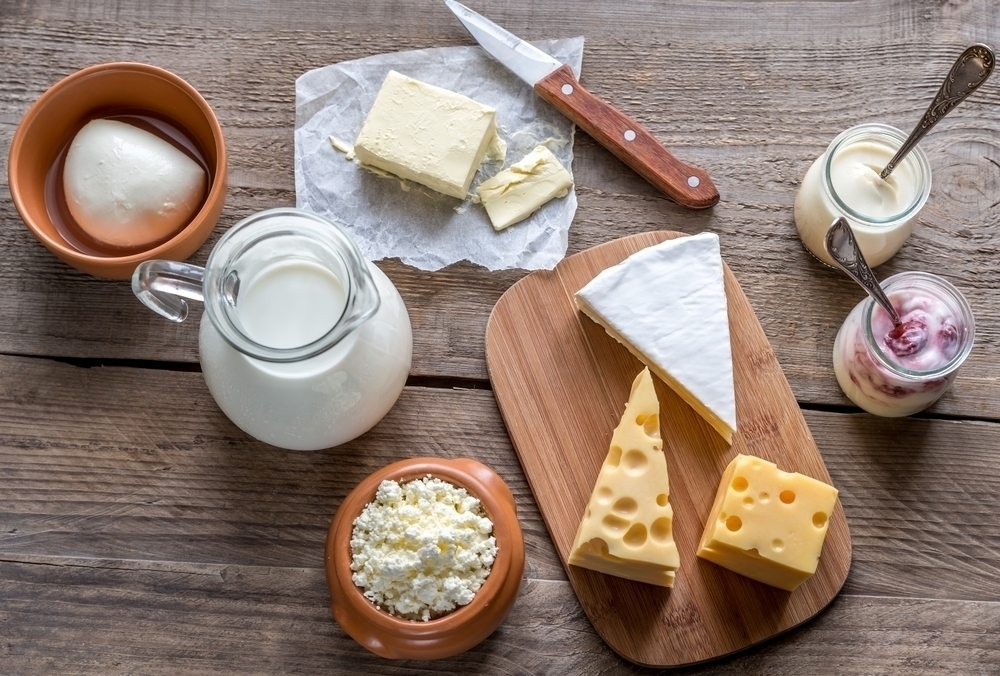In 1856, scientist Robert Angus Smith stated the following: ” It has been observed that the stones and bricks of buildings, especially under projecting parts, crumble more readily in large towns where coal is burnt, I was led to attribute this effect to the slow but constant action of acid rain.” This astute observation, and later work on the subject, earned Smith the title of “Father of Acid Rain.”
Acid rain was first brought to public attention when 17th century diarist John Evelyn noticed the degradation of the famous Arundel Towers in Southhampton. Consequently, Evelyn is the the same man who was credited with referring to the atmosphere of London as a “Hellish and dismall cloud of sea-coale.” The phenomena is attributed to air pollution, principally from sulphur dioxide and nitrogen oxide, both of which come largely from fossil fuels like coal and oil. Considering this, it is not surprising to learn that the emissions of both have increased since the Industrial Revolution.
Sulfate and Nitrate Sources In the Atmosphere
Natural Sources
Sulfate in the atmosphere comes largely from volcanic emissions, ocean spray, and readily oxidized hydrogen sulfide released from decomposing organic materials in the earth. Nitrate or nitrogen sources include NOx, made by lightening during thunderstorms, organisms in soil, and forest fires. Scientists believe that these natural sources are responsible for one third of the nitrogen and sulfur emissions in the US.
Human Activity
The US Environmental Protection Agency (EPA) reports that that the major contributors to acid rain are SO2 and NOx, which result from the burning of oil, coal, natural gas, and other fossil fuels. The agency notes that about 70% of SO2 emissions produced in 2006 were caused by fuel combustion by electric utilities using fossil fuel. Fossil fueled industrial facilities contributed 13% to the number. Other, lesser sources were transportation vehicles and industrial processes; highway vehicles being the primary source of NOx emissions, accounting for 36% of the 2006 total. Another 22% was added by off-highway vehicles, like bulldozers, while power plants accounted for 20% of the total.
Effects on the Environment
- Acid rain lowers pH levels in the water which kills fish, their eggs, and fish food organisms.
- Acid rain changes soil chemistry, causing soil to lose nutrients like magnesium. potassium, and calcium because it becomes too concentrated with dissolved inorganic aluminum.
- Acid rain harms trees by robbing the foliage of calcium and lowering their tolerance to stress.
- Particulates (small pollutant particles) related to acid ran can travel long distances and penetrate deep into lungs. This can leads to the development of bronchitis and asthma in children and is believed to be the cause of major health risks in people over 65 and pregnant women.
Addressing Acid Rain
In 2005, the EPA issued the Clean Air Interstate rule to limit transport of air pollutants along state lines. It is expected to reduce the emission of SO2 by more than 70% and emission of NOx by more than 70%. Analyses of a Gallup poll shows a decline in public concern about acid rain in the late 1980’s. By 2007, only 25% go people polled expressed a great deal of concern abut acid rain, and 20% expressed no concern at all.
What do you think needs to be done about acid rain? Let us know what you think and tell us what we can do on our part to help combat this problem affecting the quality of our lives.




























